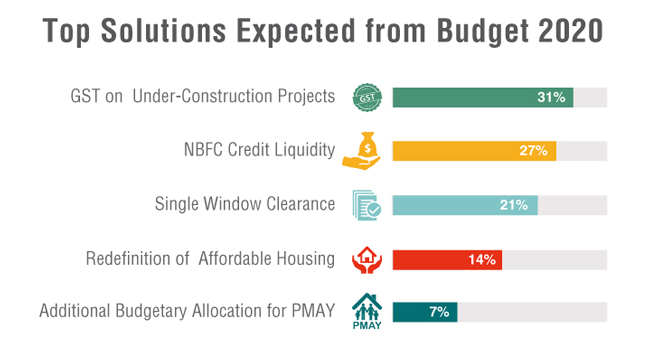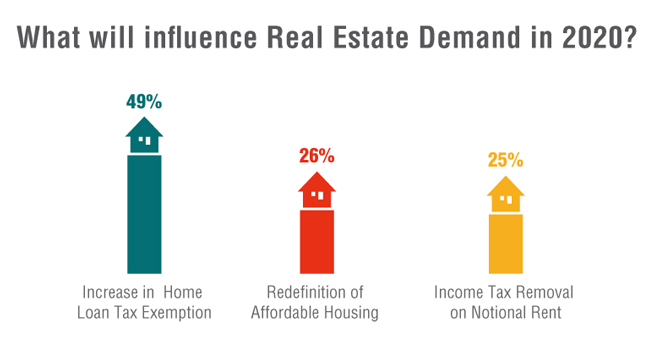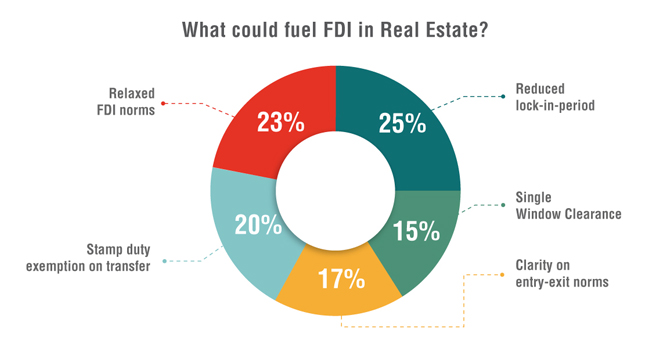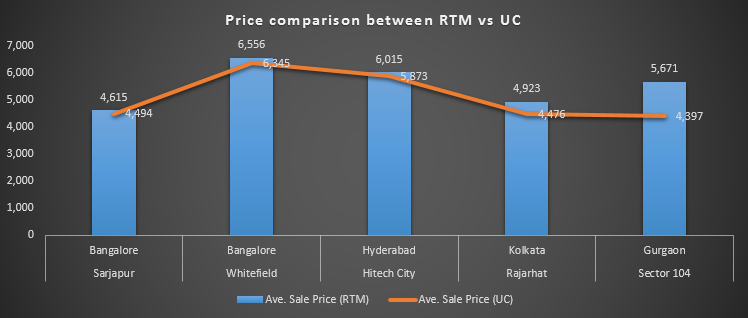To Invest or Not to Invest – Why Millennials are shying away from the Real Estate market
One of the biggest beneficiaries of years of economic growth has been the real estate sector. The largest investment an average household or individual usually makes is buying a real estate property. Be it for buying a house to live in, or simply buying a property for its investment value, countless loans are taken annually for buying real estate. However, recent surveys have indicated that young individuals in the age group of 18 to 30 years are less likely to invest in real estate. This demographic group, which today constitutes a majority of India’s population and is highly aspirational, is by and large reluctant to take on the burden of home loans too early in their lives. The nature of this trend and its various causes are what this blog article intends to discuss.
Recent Trends:
According to Commonfloor Consumer Sentiment Survey 2020, 27% of home buyers belong to the 18 to 30 years age group, while the age groups 30-40 years and 40 and above years have relatively higher shares at 36% and 37% respectively. Although 20% is still a significant share of buyers, it mostly includes older individuals within that age bracket. Young professionals are by and large reluctant to buy real estate properties.
This 20% share is still higher than in earlier decades, according to this survey. The overall demographic trends in property buying since the 1990s can be summarized as follows:
-
The largest share of home buyers belonged to the 45-55 years age group in the 1990s.
-
This came down to the 35-45 years age group in the 2000s due to easier home loan rules and procedures, plus other benefits.
-
The share of the younger age group of 25-35 years also kept increasing, until about 2015-16.
After a period of a surge, young working individuals of the 25 to 35 years age bracket have gone slow on availing home loans in recent years.
Why is this happening?
So why is the most aspirational demographic group reluctant about real estate investment? Studies have revealed various reasons, which can be explained as follows.
1. Preference for rented housing than a purchased house:
More and more working millennials in large cities prefer to stay in rented apartments than buying their own houses. The reasons behind this are not hard to comprehend if we consider the following points.
-
The average monthly house rent in cities like Mumbai, Pune, Chennai, Hyderabad, and Bangalore is much lower than the average EMI one has to pay on availing a home loan (less than 50%, according to research).
-
The nature of jobs is such that young individuals rarely stay put in one city for more than a few years. Thus, buying a house hardly makes sense.
-
Co-living spaces, or sharing a living space with other individuals of a similar age group, is popular, as sharing of amenities like electricity, Wi-Fi, water, etc. leads to reduced cost of living.
2. Different investment priorities:
Millennials love to invest in their life goals, but they are cautious about investing in something like real estate too early in their career. Instead, they would prefer to spend on things more fulfilling in the short term, such as trips or exploring their passions. Other forms of investment, such as mutual funds, are also becoming more prevalent.
This trend is due to millennials shifting away from traditional life goals like marrying or having children before a certain age. Owning a house at an early phase in one’s career is thus not a priority.
3. Complex home loan procedure:
Not only the EMI burden, but even the loan process itself can be a significant deterrence for millennials. Young individuals accustomed to accessing services through apps and a few clicks are understandably left confused by the paperwork and complicated procedure of availing a home loan.
What are some possible solutions?
The interest of this young aspirational group in real estate investments can be kindled, provided the circumstances are conducive. In case the following developments can be ensured, the share of the younger age group among home buyers can certainly see a rise.
-
There must be greater parity between the average rates of house rent and home loan EMI. If there is not much difference between the two, millennials may prefer to buy their own houses.
-
Greater monetary incentives can be offered for availing home loans by young individuals, such as reduced interest rates, or tax benefits for first-time purchasers.
-
Easing the procedure of giving loans or of buying and selling property. Much of the paperwork can be minimized if smart technology is applied.
So can the confidence of our working millennials in real estate investment be boosted? The short answer is this – yes, provided the circumstances are made favorable through incentives and simplifying of the procedures. Given how crucial the real estate sector is to economic growth, it only makes sense that the age group which constitutes our demographic dividend participates further in it.
For any help regarding properties search, listing, or management, you can consult India’s leading real estate online platform, CommonFloor. They are the most reliable real estate portal offering guidance regarding multiple aspects such as home reviews, verified listings, accurate photos, and consumer analytics. Download the CommonFloor app to get the best solutions for your residential questions.










